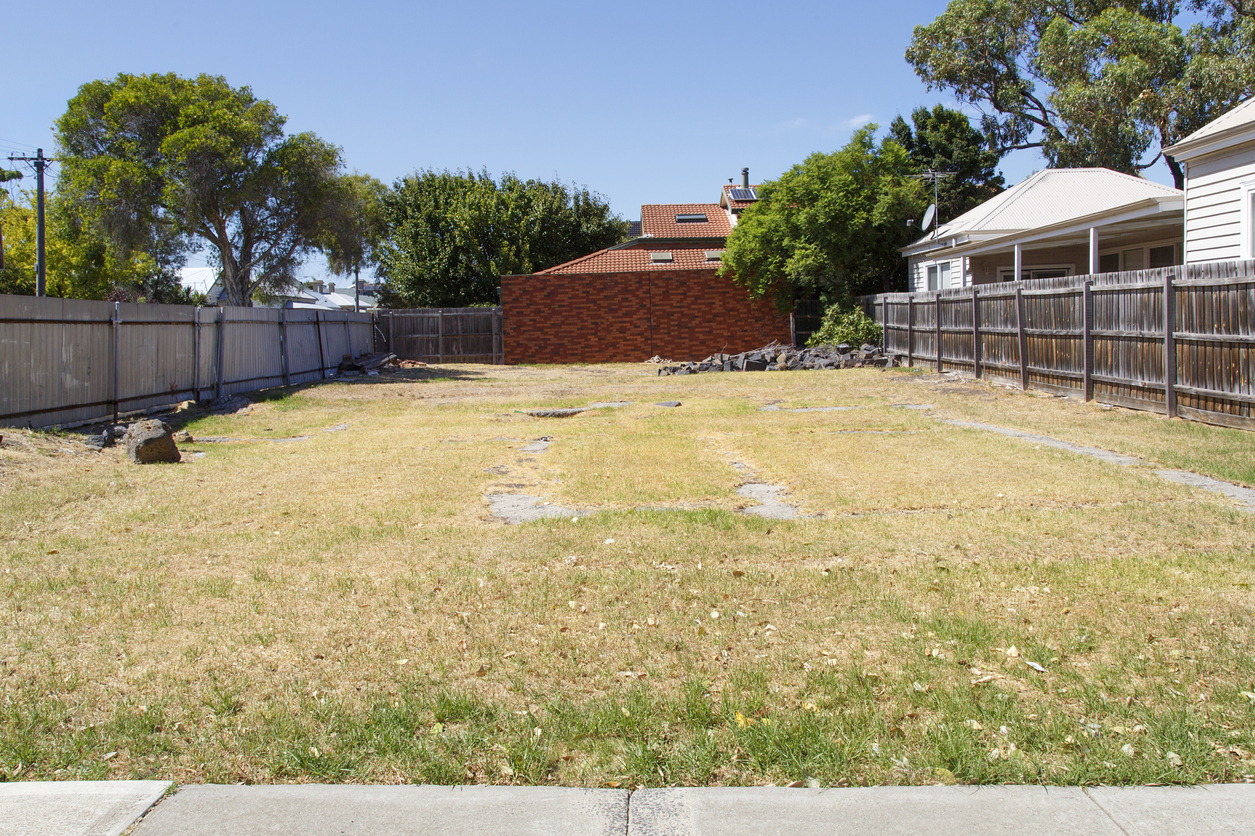Infill property developments are constructed on empty or underutilised land in built-up and urban areas. Developing property on infill land benefits the local economy and preserves nature and our agricultural land by preventing urban sprawl. There are many reasons to build on infill, but how does one go about it?
What are the guidelines for infill developments, and where should property developers start? There are several factors to bear in mind to reduce the risk and boost your profit from the development project.
The Benefits of Infill Development
Beyond preventing urban sprawl and boosting the economy in urban settings, infill development reduces the pollution caused by more cars on the road, and there are even more benefits.
Infill land already has infrastructure such as water, electricity, and sewerage. Other forms of infrastructure are roads, public transport, healthcare, education, and police departments. For property developers, this means the extra cost of installing infrastructure is reduced, and the local councils are not responsible for the additional cost of building police stations, schools, and hospitals.
The Barriers to Infill Development
Despite all the benefits of infill property development, there are still barriers which will inform the guidelines and strategy down the road.
Infill development barriers:
- The zoning may not be right for the intended development, and rezoning may not be an option
- The size of the site may constrain your design
- The local council may have design requirements in order to fit in with a specific aesthetic
- Local residents may oppose the new development
- The local councils may require additional steps in the process of development approval, slowing down the approval process and eating into the budget
Components of a Successful Infill Development Strategy
There are some guidelines to follow to smooth the process of getting development approval. By following a clear procedural path, finishing the infill project successfully—and within a reasonable timeframe—is easier to achieve. These steps will also reduce the risk involved.
Infill development guidelines:
- Search for infill land which appropriately zoned or discuss the possibility of rezoning the land with the local council.
- Allow public participation to gain the local community’s trust and support.
- Discuss the procedural requirements for approval with the local council to ensure steps are not missed, which could result in delays or approval being denied altogether.
- Ensure the infrastructure is up to code and appropriate. If not, account for upgrades to infrastructure in the budget.
- Find out if there are any incentives for building on infill sites, such as the tax breaks in Western Australia or the reduced infrastructure costs in Queensland.
- Design the development in accordance with the design standards set out by the local council.
- Plan the design with parking, height, setback, and density requirements in mind.
- Conduct your feasibility study with all of the above factors in mind.
With a few guidelines for infill development, property developers are better equipped to reduce the risk involved in such developments. Reduced risk also improves the likelihood of profitability for infill projects. The Archistar property development platform makes it easy to find suitable land for development, access critical data, generate hundreds of designs based on your criteria, and compile feasibility and profitability reports. Not sure if it is the right solution for you? Schedule a demo to see all the platform’s features.


